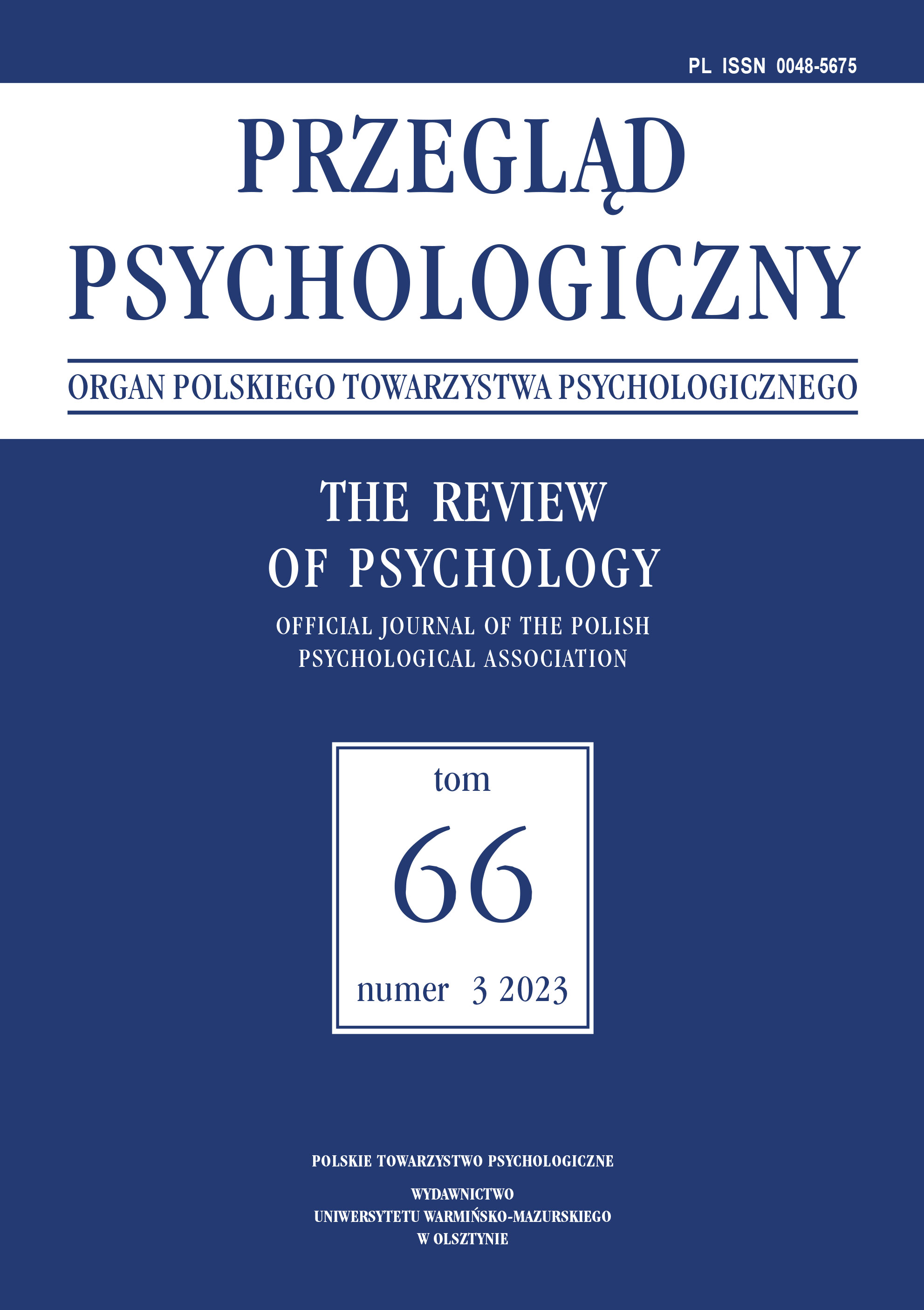Różne reakcje rodziców
na przejawy złości dwu- i trzyletnich dzieci
Different Reactions of Parents to Displays of Anger in Two- and Three-Year-Old Children
Author(s): Joanna Szczęsna, Małgorzata Wójtowicz-SzeflerSubject(s): Social psychology and group interaction, Social differentiation, Family and social welfare
Published by: Wydawnictwo Uniwersytetu Warmińsko-Mazurskiego w Olsztynie
Keywords: reactive parenting methods; displays of anger in two- and three-year-old children;
Summary/Abstract: Purpose: The aim of this article is to present various parental reactions to displays of an- ger in two- and three-year-old children (reactive parenting methods) and determine which factors (age, gender, education, and place of residence) differentiate parental reactions to a child’s behavior. Additionally, the study aimed to ascertain the reactive parenting methods parents use based on the type of situations reflecting behavioral manifestations of young children’s autonomy.Method: A questionnaire-based study conducted with a sample of 120 parents of two- and three-year-old children (60 women and 60 men). An original questionnaire based on Lev Vygotsky’s theory of the third year crisis (2002) was utilized. Participants were tasked with describing their reactions to behavioral displays of anger in small children across seven everyday life situations (negativism, stubbornness, defiance, wilfulness, opposition –rebellion, deprecation, and despotism).Results: Parents declared the use of all reactive parenting methods – both inductive and imperative (punitive and psychological aggression) in response to displays of anger in their two- and three-year-old children. Significant predictors for inductive and punitive methods were found to be the parent’s age and education level, while for psychological aggression, predictors were gender and place of residence. The study indicated that only women resort to psychological aggression in their relationship with two- and three-year- olds, with its usage being more frequent when the mother’s authority is more threatened and the child’s opposition to her will becomes increasingly evident. Conclusion: Behavioral manifestations of autonomy in two- and three-year-olds are in- fluenced by the natural developmental crisis of the third year. These are expressions of frustration in young children rather than displays of aggressive behavior, which require appropriate parenting methods. Based on the study, it was determined that parents pri- marily declare simultaneous use of inductive and punitive methods, yet the more a child demonstrates autonomy, the higher the declared tendency of parents to resort to punitive methods increases.
Journal: Przegląd Psychologiczny
- Issue Year: 66/2023
- Issue No: 3
- Page Range: 57-75
- Page Count: 19
- Language: Polish

